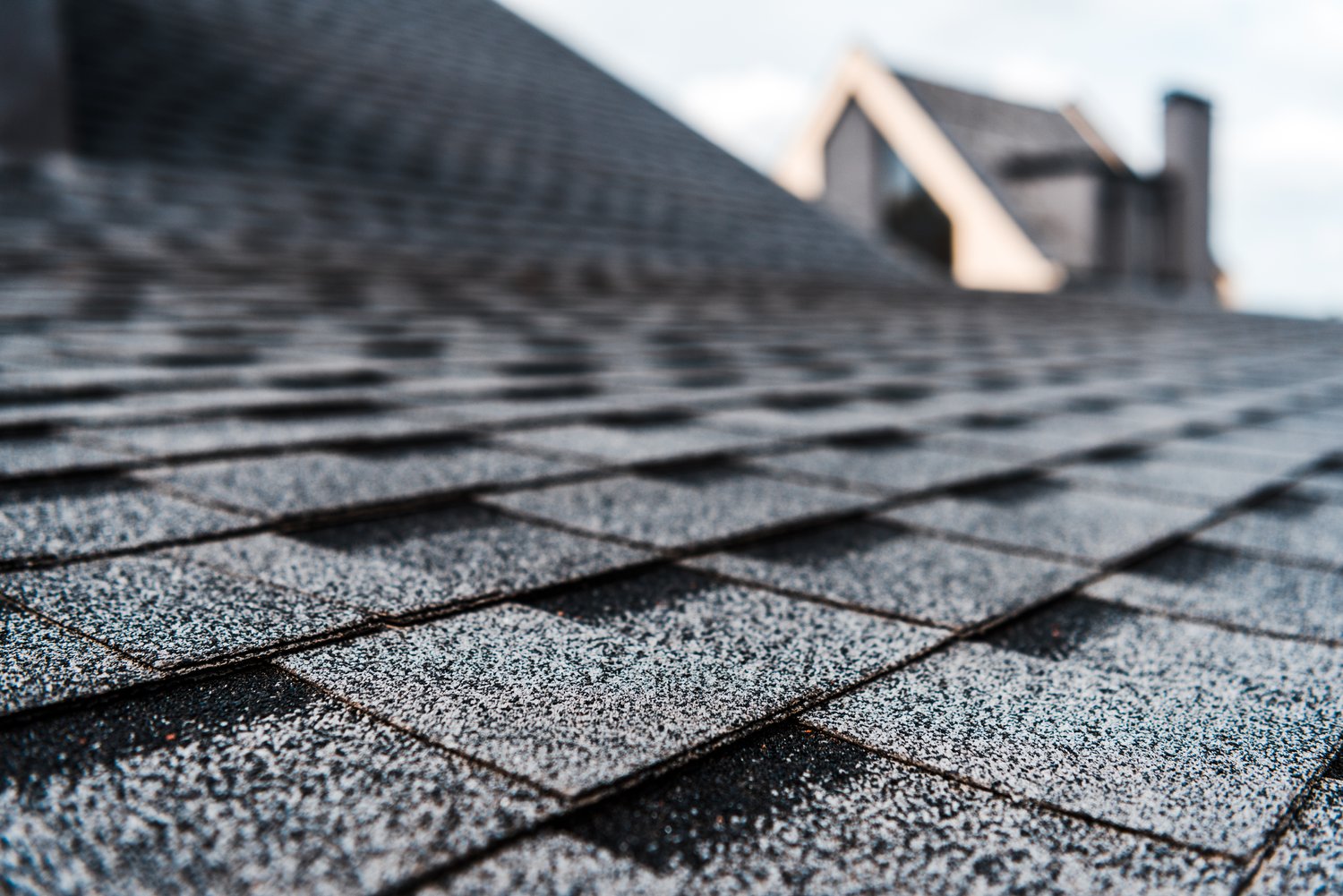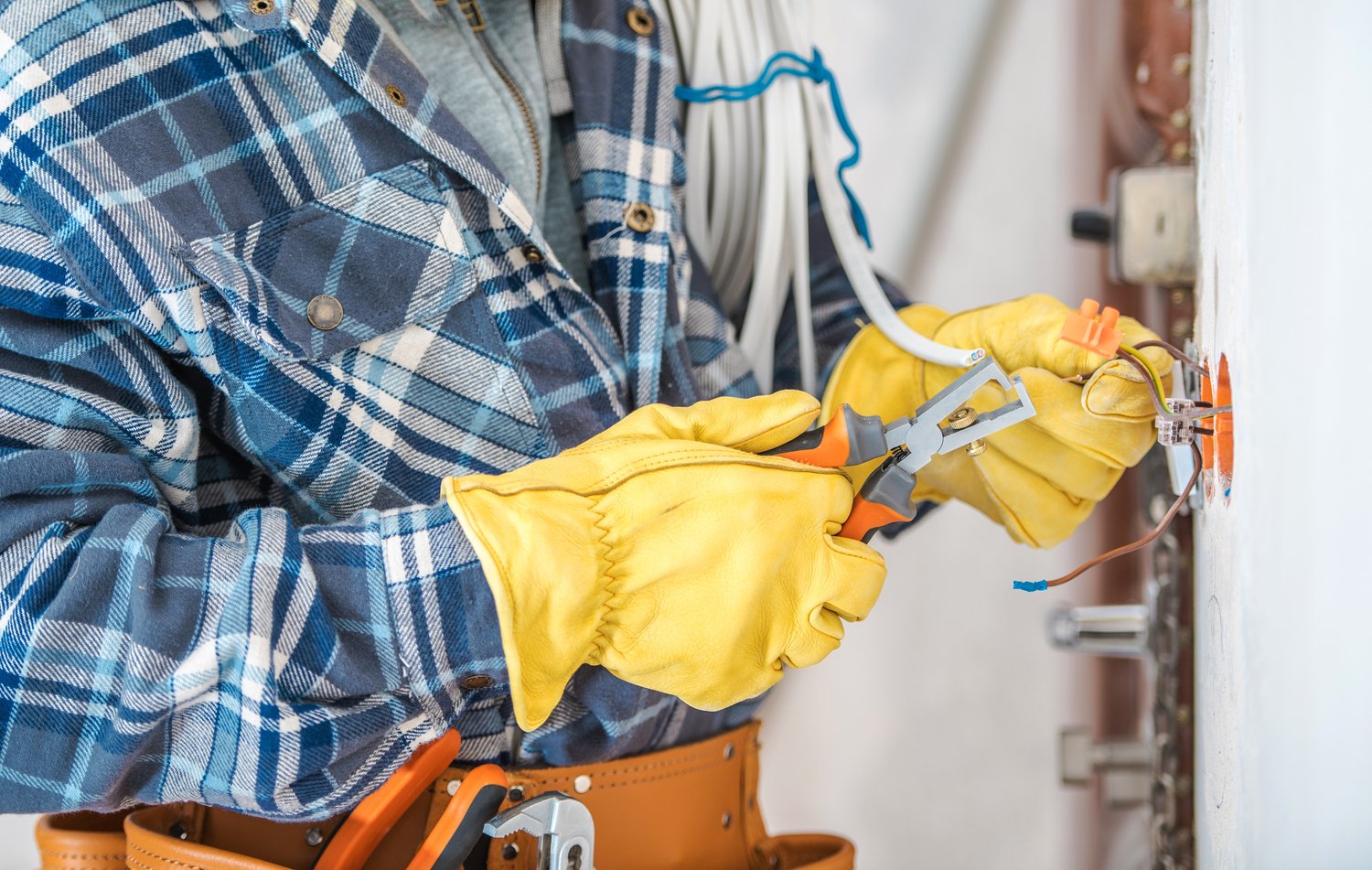In the battle against high energy bills and excessive heat, cool roof technology has emerged as a powerful solution for homeowners. Cool roofs utilize reflective materials to minimize heat absorption, keeping buildings cooler during hot weather and reducing the need for air conditioning. This article explores how reflective roofing materials can significantly lower roof temperatures, cut cooling costs, extend roof lifespan, and provide environmental benefits. Whether you’re considering an upgrade to cool roof shingles or applying reflective coatings to your existing roof, understanding these technologies can lead to substantial energy and cost savings.
What Makes a Roof “Cool”?
A cool roof is designed with materials that reflect more sunlight and absorb less heat than standard roofing products. Traditional dark roofs can reach temperatures of 150°F or higher during summer days, while energy saving cool roof systems might remain 50-60°F cooler under identical conditions. The science behind cool roofs is straightforward: they reflect solar energy back into the atmosphere rather than transferring it into the building. This reflective property comes from specialized pigments embedded in roofing materials that reflect infrared and ultraviolet light, the wavelengths responsible for most heat transfer. When evaluating cool roofing options, look for materials with high solar reflectance (ability to reflect sunlight) and thermal emittance (ability to release absorbed heat).
Types of Cool Roofing Materials
The market offers various reflective roofing materials to suit different roof styles and budgets. Cool roof shingles represent one of the most popular options for residential properties, designed to mimic traditional asphalt shingles while incorporating reflective granules. These specialized shingles come in a range of colors beyond just white, allowing homeowners to maintain aesthetic appeal while gaining energy benefits. For flat or low-slope roofs, reflective membranes made from materials like TPO (Thermoplastic Polyolefin) or PVC provide excellent cooling properties and durability. Existing roofs can be converted using reflective roof coatings – specialized white or reflective paints that can be applied over various roofing surfaces. Metal roofing with reflective finishes offers another long-lasting option that combines durability with excellent heat reflection.
The Energy and Cost Benefits
The primary appeal of cool roofs centers on their ability to reduce AC costs roofing systems typically generate. By maintaining lower roof temperatures, these systems significantly decrease the heat transfer into attics and living spaces, reducing the cooling load on air conditioning systems. Homeowners who install cool roofs report energy savings of 15-30% on cooling costs during summer months, with the most dramatic results seen in hot, sunny climates. The reflective roofing materials cost might be slightly higher upfront compared to conventional options, but the return on investment typically materializes quickly through these energy savings. Additionally, many utility companies and government agencies offer rebates and incentives for cool roof installations, further enhancing the financial benefits. The reduced strain on air conditioning systems can also extend HVAC equipment lifespan, providing additional cost savings over time.
Environmental and Comfort Advantages
Beyond the personal financial benefits, cool roofs contribute positively to the environment and community. By reducing energy consumption, these roofs help decrease greenhouse gas emissions associated with electricity production. In urban areas, widespread adoption of cool roof technology can help mitigate the “heat island effect,” where developed areas experience significantly higher temperatures than surrounding rural areas. This community-level cooling effect can improve air quality by reducing smog formation, which tends to accelerate at higher temperatures. Inside the home, cool roof benefits extend to improved comfort, as upper floors maintain more consistent temperatures even during extreme heat events. This enhanced comfort may reduce reliance on air conditioning in some climates, allowing for more natural ventilation options.
Lifespan and Maintenance Considerations
Another significant advantage of cool roofs is their potential to extend roofing system lifespan. Conventional roofing materials deteriorate faster when subjected to extreme temperature fluctuations and UV exposure. By reflecting sunlight and reducing surface temperatures, cool roofs experience less thermal shock and UV damage, potentially adding years to their functional life. Maintenance requirements for cool roofs are generally similar to conventional systems, though some reflective coatings may need reapplication every 5-10 years to maintain optimal reflectivity. When seeking installation services, homeowners can find qualified cool roof installers through platforms like AskHomey, which connects homeowners with experienced roofing professionals who specialize in energy-efficient roof solutions.
Is a Cool Roof Right for Your Home?
While cool roofs offer numerous benefits, their effectiveness varies based on climate, building design, and existing insulation levels. Homes in hot, sunny climates typically see the greatest benefits from cool roof technology, with energy savings potentially offsetting installation costs within just a few years. In mixed climates with significant heating seasons, the energy saving cool roof benefits during summer must be balanced against potential “heating penalties” during winter, when reflected solar heat might otherwise help warm the building. A professional roofer can assess your specific situation and recommend the most appropriate cool roofing solution. The ideal approach often integrates cool roofing with proper insulation and ventilation to create a comprehensive thermal management system.
For more tips and to connect with reliable home service professionals, follow AskHomey on Facebook and Instagram.



